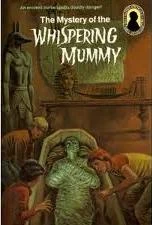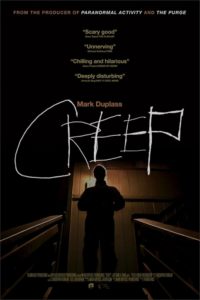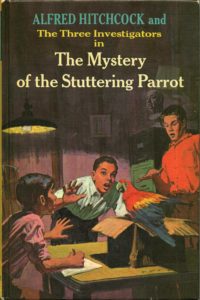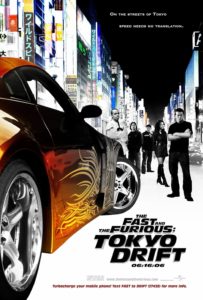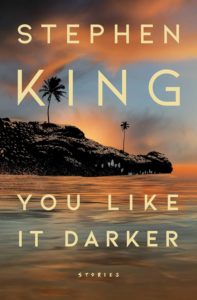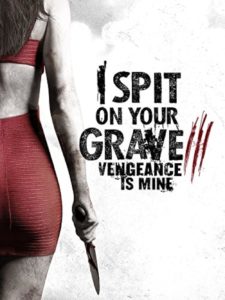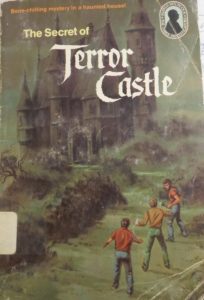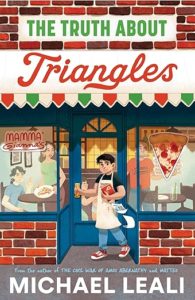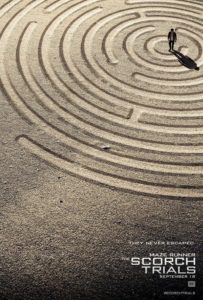 Some time ago, before October 2018 in fact, I saw The Maze Runner, which is a movie (and also prior to that a book) about some teens in the middle of a maze, who are tasked with solving that maze, because… well, it’s a secret. To them, at least.
Some time ago, before October 2018 in fact, I saw The Maze Runner, which is a movie (and also prior to that a book) about some teens in the middle of a maze, who are tasked with solving that maze, because… well, it’s a secret. To them, at least.
The problem with that movie is, it’s often on streaming, but its sequels never are. (And I don’t own the other books.) The result of this fact is I’ve seen the first movie three times now, but, good news citizens! I accidentally discovered The Scorch Trials were on Max until the end of November. So, I was all ready to watch it, until Mary says hey, I don’t remember the first movie. (I was pretty sure she’d seen it, but either I’m wrong or she wasn’t paying attention, which is why I’ve seen it thrice instead of twice.)
That still left us with enough time to watch the second movie before it got delisted, whew. I will say straight up, this is not as good as the first movie, for the simple fact that nobody is running in any mazes. (Not 100% true facts, okay, but it’s true that nobody is running in any mazes that were specifically purposed as mazes.) See, our escapees are rescued by some other group let by the always eminently trustworthy Petyr Baelish, and they along with a lot of other kids from a lot of other mazes[1] are all gathered together and being processed by batches out to safety.
Unless, you know, it’s just another trapped cage to be escaped.
In the end, there’s a lot more running, a lot more fighting, a lot more rage zombies, a lot fewer cyborg monstrosities, and a metric fuckton of sand covering at least two post-apocalyptic hellholes that used to be cities with skyscrapers. Oh, and Alan Tudyk, who is as ever a delight.
At the end of the movie, I’m once again excited to watch the next chapter. (This time without waiting 6+ years and multiple viewings in between, though.) I am left with one question that I have no idea if it was answered by either this book or the previous one, but that I’m pretty sure was not answered by the movie: how can we tell which kids are immune to the Blaze virus[2], and which ones are not? Or why? Because I’m highly confident that some of the boys in the glade were not immune, which indicates that escaping the maze doesn’t prove everyone is immune, even if it proves someone was (and I’m not so sure whether that was proven either).
[1] One of which was all girls and one boy, resulting in my apology for back when I said we’d never learn why this maze was all boys. Apparently they just tried a bunch of different combinations.
[2] Not a spoiler for this movie per se. It’s what the cyborg Grievers were injecting people with in part one, which the kids called “getting stung”.
